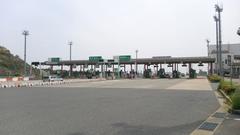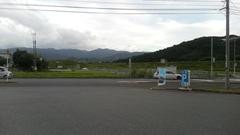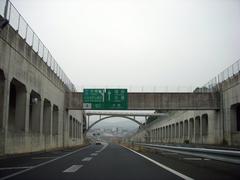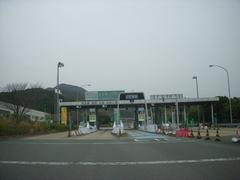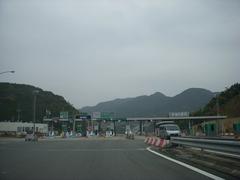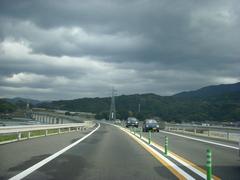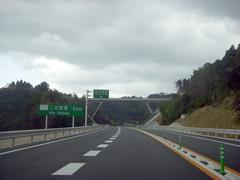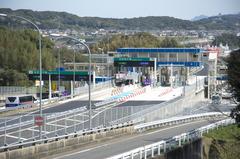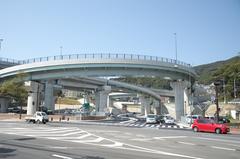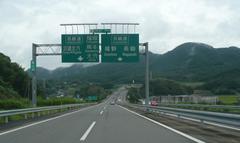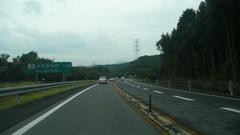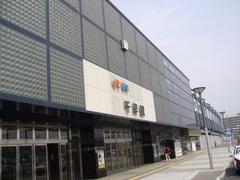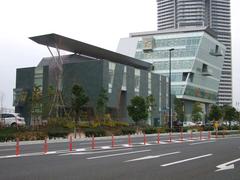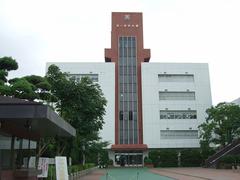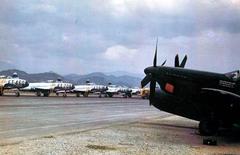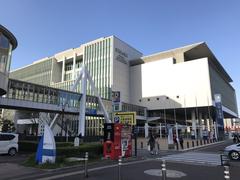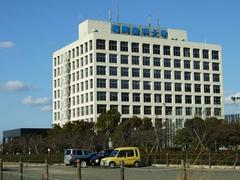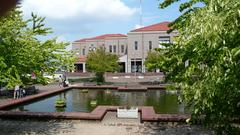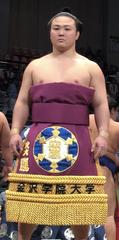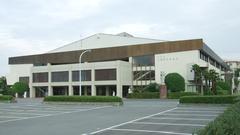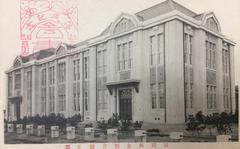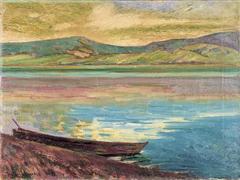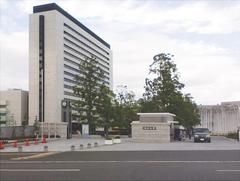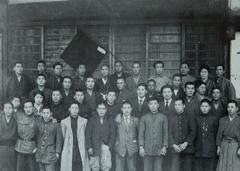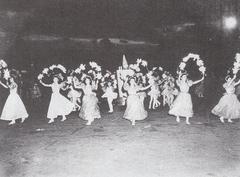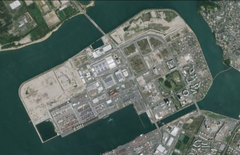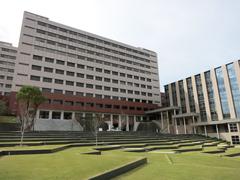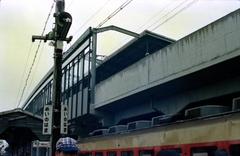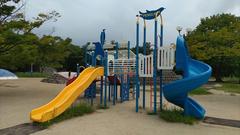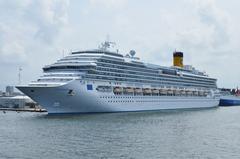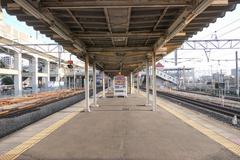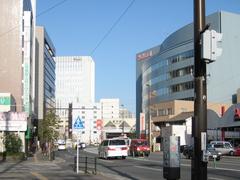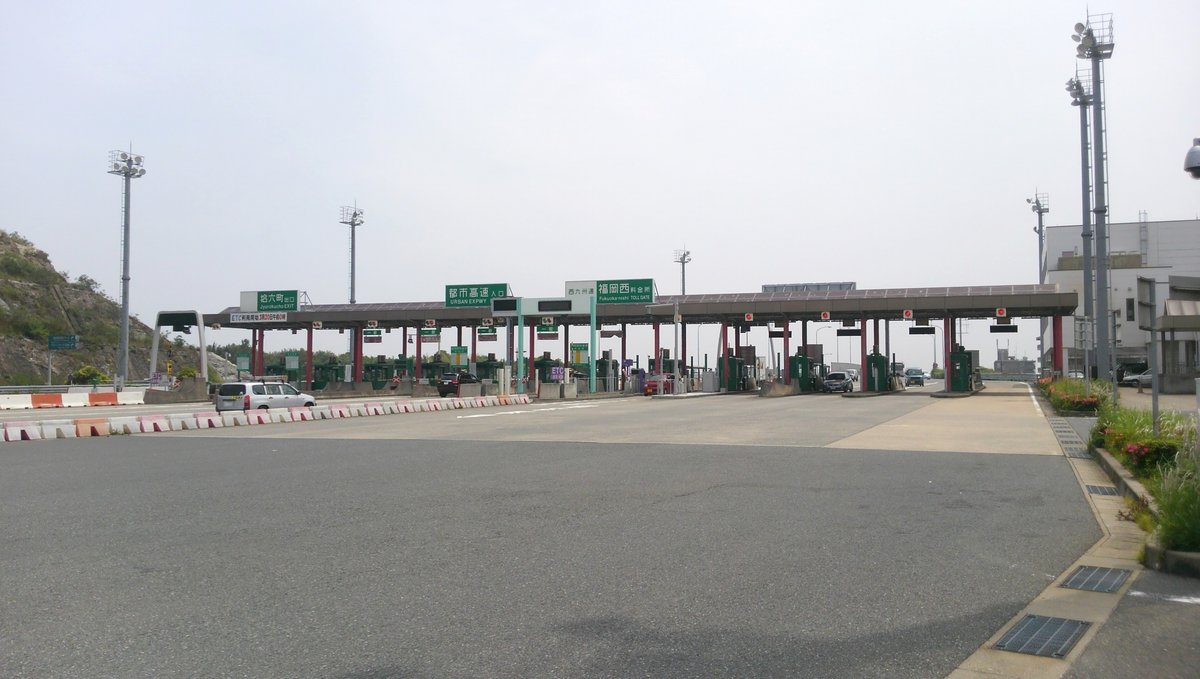
Nishi-Kyushu Expressway Visiting Guide: Fukuoka, Japan – Tickets, Hours, and Tips
Date: 14/06/2025
Introduction
The Nishi-Kyushu Expressway is a cornerstone of transportation in northwestern Kyushu, Japan, seamlessly connecting Fukuoka, Saga, and Nagasaki prefectures. This expressway plays a pivotal role in boosting regional connectivity, supporting economic growth, and granting travelers access to Kyushu’s picturesque landscapes and culturally significant destinations. Whether you’re planning a leisurely road trip, commuting for business, or exploring the area’s historical sites, this detailed guide provides essential information on operating hours, toll fees, travel best practices, and nearby attractions to ensure a rewarding journey along the Nishi-Kyushu Expressway (NEXCO West Japan, NHK World, Japan Guide).
Table of Contents
- Overview and History
- Route, Infrastructure, and Connectivity
- Visitor Information: Hours, Tolls, and Usage
- Nearby Attractions
- Economic and Social Impact
- Ongoing Upgrades and Future Prospects
- Frequently Asked Questions (FAQ)
- Conclusion and Final Travel Tips
- Sources and Further Reading
Overview and History
Development Background
Conceived in the postwar era as part of Japan’s national infrastructure expansion, the Nishi-Kyushu Expressway was designed to complement the Kyushu Expressway and provide a vital alternative corridor along Kyushu’s northwestern coast. Initial planning began in the 1960s and 1970s, with construction commencing in the late 1980s. Early segments connected Fukuoka to nearby municipalities, gradually extending westward toward Saga and Nagasaki.
Construction Timeline
- Late 1980s–1990s: Initial segments opened, linking Fukuoka to Dazaifu and Tosu to Takeo.
- Early 2000s: Extensions reached Nagasaki, requiring sophisticated engineering such as long tunnels and elevated viaducts.
- 2005: Takeo–Nagasaki segment completed, establishing a continuous route.
- Ongoing: Further upgrades and expansions to close network gaps and enhance infrastructure.
The expressway now spans approximately 120–150 km, integrating with key transport hubs and supporting both logistical and tourism needs.
Route, Infrastructure, and Connectivity
Geographic Span and Integration
The Nishi-Kyushu Expressway begins in Fukuoka Prefecture, traverses Saga, and continues into Nagasaki Prefecture. It connects seamlessly with the Fukuoka Urban Expressway and Kyushu Expressway, and also links with the Nishi Kyushu Shinkansen, providing flexible options for regional travel (NHK World).
Key Engineering Features
- Takeo Tunnel: Over 3 km, enabling passage through mountainous terrain.
- Saga Viaduct: Elevated structures crossing rivers and valleys.
- Smart Interchanges: ETC-enabled gates for efficient entry/exit.
- Service Areas: Facilities offering food, restrooms, fuel, and local products.
Traffic Management and Safety
Advanced systems include real-time monitoring, electronic signage, and robust safety measures. Speed limits typically range from 80–100 km/h.
Visitor Information: Hours, Tolls, and Usage
Operating Hours
- Expressway: Open 24 hours a day, year-round.
- Service Areas: Usually operate from early morning until late evening, providing dining, restrooms, and shopping.
Toll Fees and Payment Methods
- Toll Zones: Managed by multiple organizations, resulting in variable pricing.
- Fukuoka/Maebaru: Fukuoka Prefectural Road Public Corporation
- Takeo/Sasebo: NEXCO West
- Other sections: MLIT
- Typical Rates: 1,000–3,000 yen for passenger cars, based on distance and vehicle type.
- Payment: ETC (Electronic Toll Collection) is recommended for discounts and speed; cash is also accepted at most toll booths.
For current rates and detailed information, consult NEXCO West Japan or use toll calculator apps.
Using the Expressway
- Entry/Exit: Multiple clearly marked interchanges, including Fukuoka, Tosu, Saga, Takeo, and Nagasaki.
- Rest Stops: Well-equipped service areas with ample amenities.
- Travel Tips: Check weather updates, especially during typhoon season, and observe posted speed limits.
Nearby Attractions
Fukuoka
- Fukuoka Castle Ruins (Maizuru Park): Open year-round; free entry. Scenic grounds famous for cherry blossoms.
- Kushida Shrine: Open daily 6:00 AM–6:00 PM; free admission. Hosts festivals and traditional events.
- Tochoji Temple: 8:00 AM–5:00 PM; approx. ¥300 for adults. Features a giant wooden Buddha statue.
Saga
- Karatsu Castle: Iconic hilltop castle with museum exhibits and panoramic views.
- Hours: 9:00 AM–5:00 PM; closed Mondays and New Year holidays
- Admission: Adults ¥400, children ¥200 (Karatsu Castle Info, Japan Guide - Karatsu Castle)
- Arita and Imari: Renowned for ceramics and pottery workshops.
Nagasaki
- Atomic Bomb Museum and Peace Park: Significant historical sites.
- Unzen-Amakusa National Park: Lush natural landscapes.
Additional Tips
- Transportation Passes: The Kyushu Expressway Pass (KEP), All Kyushu Pass, and SUNQ Pass offer flexible travel options for tourists.
- Accessibility: Major sites offer English signage, accessible facilities, and guided tours.
Economic and Social Impact
The Nishi-Kyushu Expressway has catalyzed economic growth by improving logistics, reducing travel times, and fostering tourism. It has supported the expansion of industries such as automotive manufacturing and regional agriculture (Kyushu Economic Federation). Urban redevelopment projects, notably in Nagasaki and Omura, have revitalized city centers. The route also encourages cultural exchange and community engagement through enhanced access to education, healthcare, and events.
Ongoing Upgrades and Future Prospects
Continuous investments are being made in automation (ETC systems), real-time traffic monitoring, and pilot projects for connected/autonomous vehicles. Infrastructure improvements focus on seismic resilience and environmental conservation, such as noise barriers and wildlife crossings.
Frequently Asked Questions (FAQ)
Q1: Are there specific visiting hours for the expressway?
A1: The expressway operates 24/7. Service areas have individual opening hours.
Q2: What are the toll fees?
A2: Tolls range from 1,000–3,000 yen for passenger cars, with ETC discounts available.
Q3: Is ETC accepted throughout the expressway?
A3: Yes, ETC is widely accepted and recommended.
Q4: Are there rest stops along the route?
A4: Yes, service areas provide food, restrooms, and local products.
Q5: How does the expressway connect with public transport?
A5: It links to major expressways, Shinkansen lines, airports, and bus/car rental services.
Q6: Is the expressway suitable for international visitors?
A6: Yes, clear signage and accessible facilities make it user-friendly for all travelers.
Conclusion and Final Travel Tips
The Nishi-Kyushu Expressway is more than a road—it’s a vibrant artery fueling Kyushu’s economic, cultural, and social dynamism. With its advanced infrastructure, integration with other transportation networks, and proximity to historic sites and natural wonders, the expressway makes exploring northern Kyushu convenient and rewarding.
Travel Tips:
- Use ETC for smoother, discounted toll payments.
- Check service area operating hours ahead of your trip.
- Combine expressway driving with visits to castles, shrines, and parks for a well-rounded Kyushu experience.
- Consult official websites or travel apps like Audiala for the latest updates.
For more travel resources, download the Audiala app and follow us on social media for real-time updates and insider tips!
Sources and Further Reading
- NEXCO West Japan Official Website
- NHK World
- Japan Guide
- Ministry of Land, Infrastructure, Transport and Tourism (MLIT)
- Karatsu Castle Info
- Kyushu Economic Federation
- Japan Guide - Karatsu Castle
Explore more about Kyushu’s transportation, travel guides, and regional highlights on our platform.
